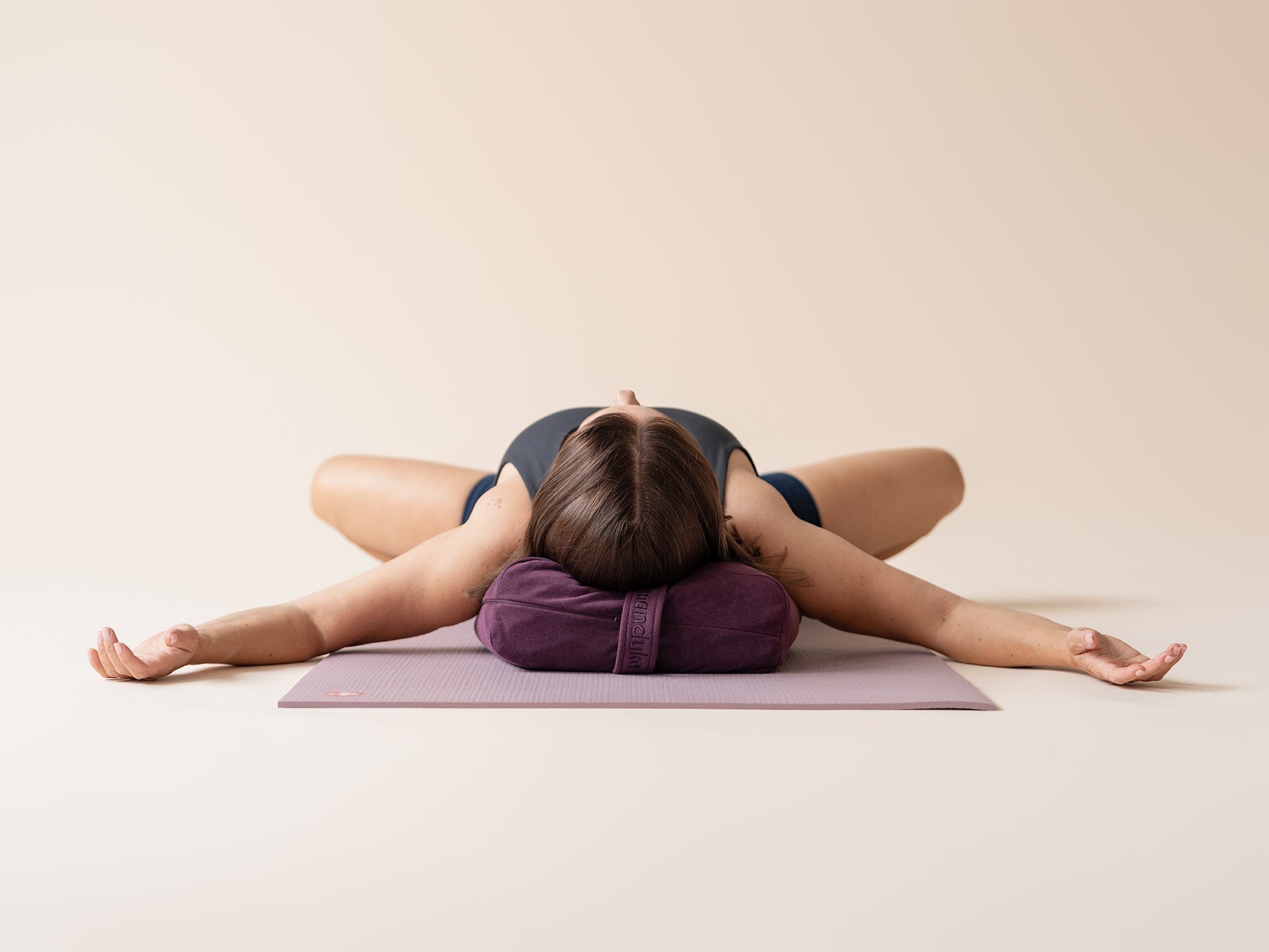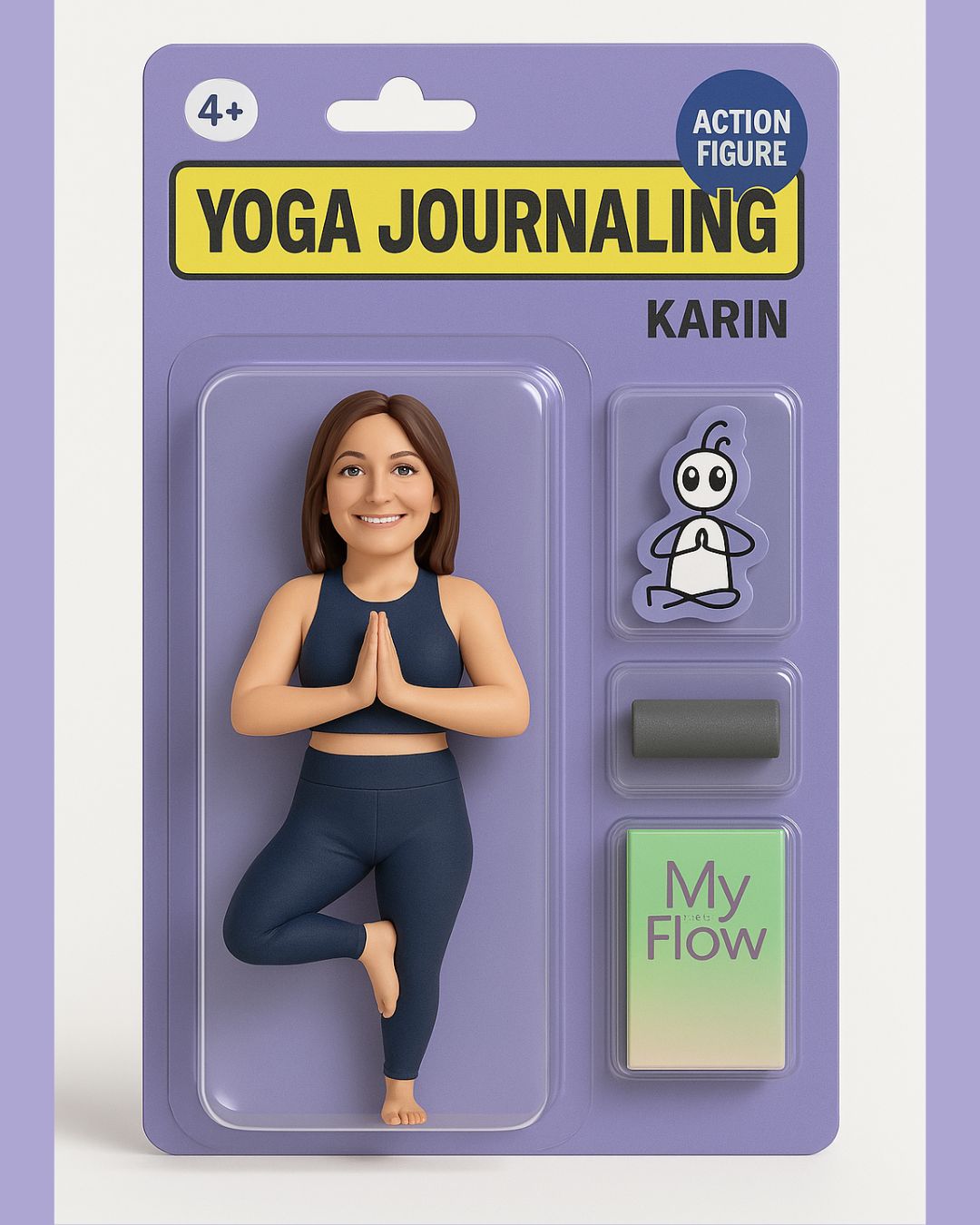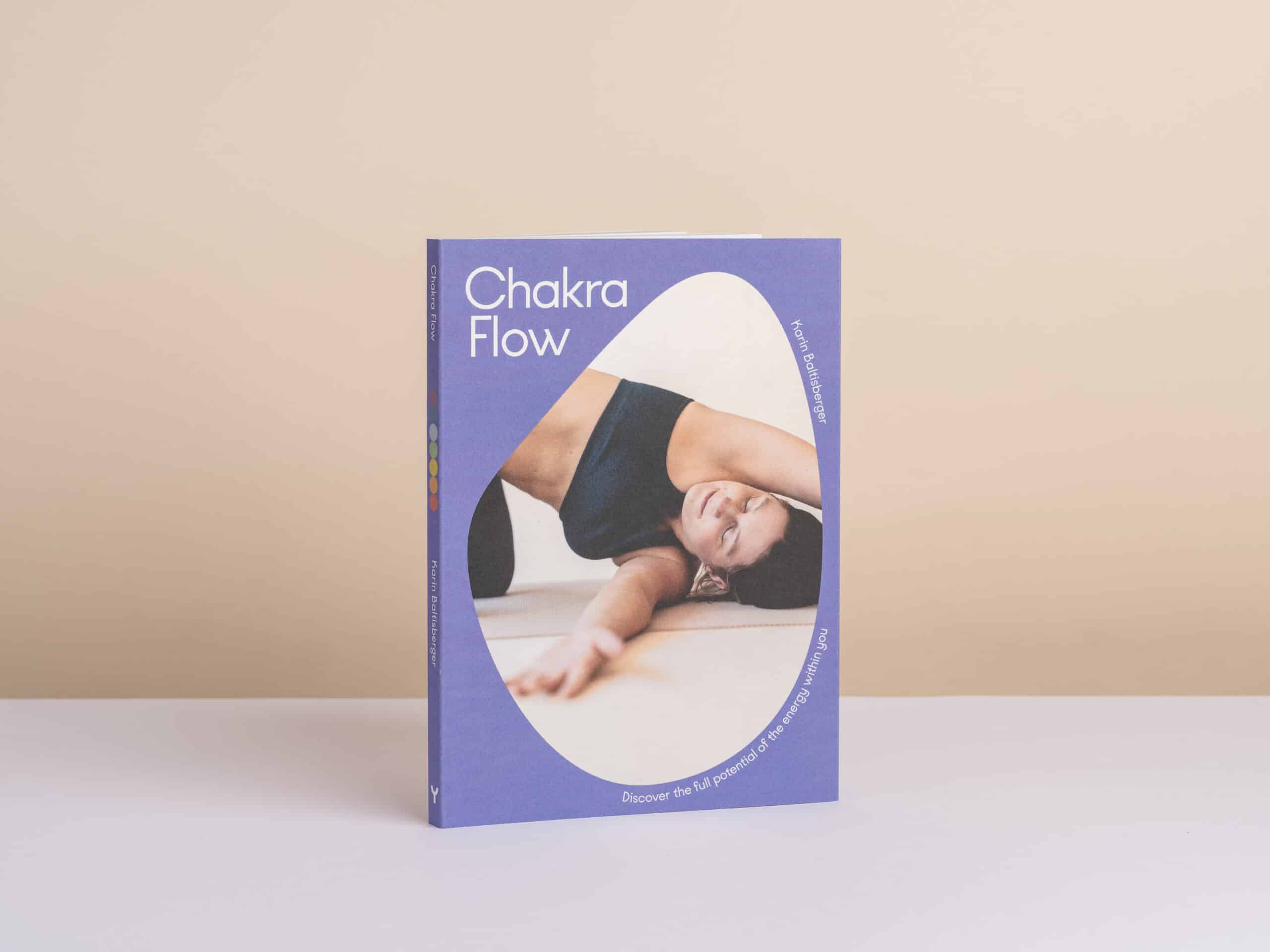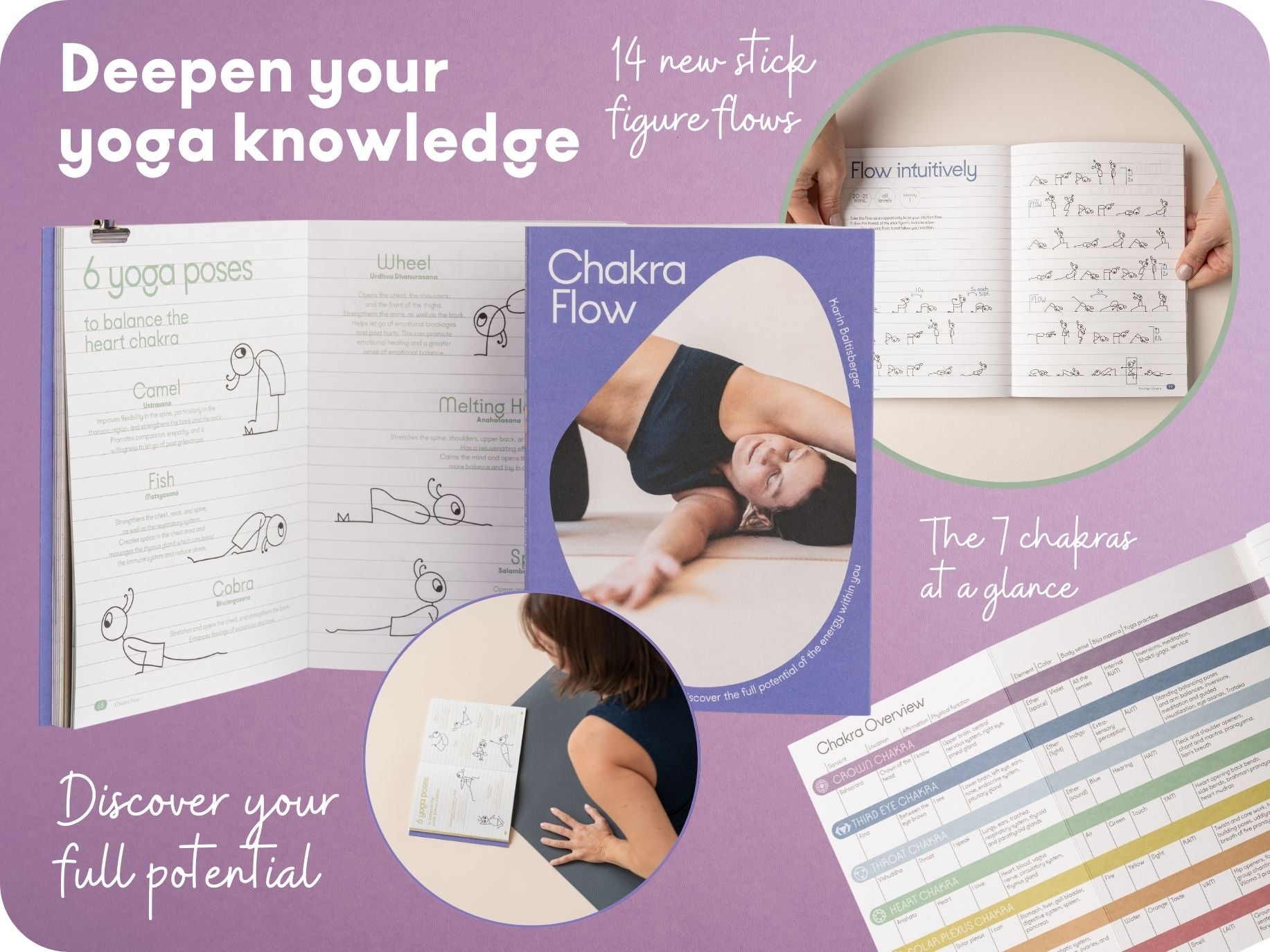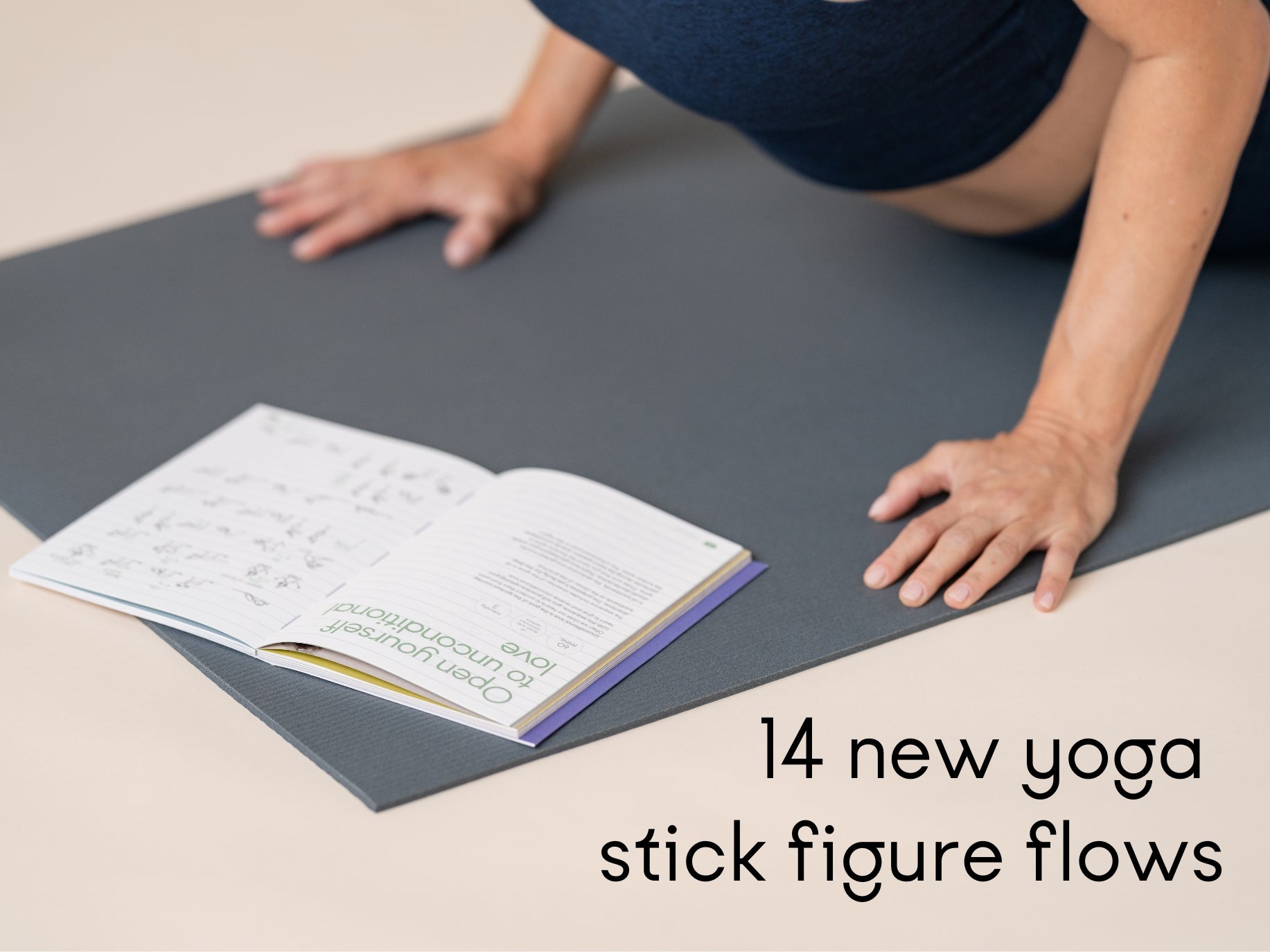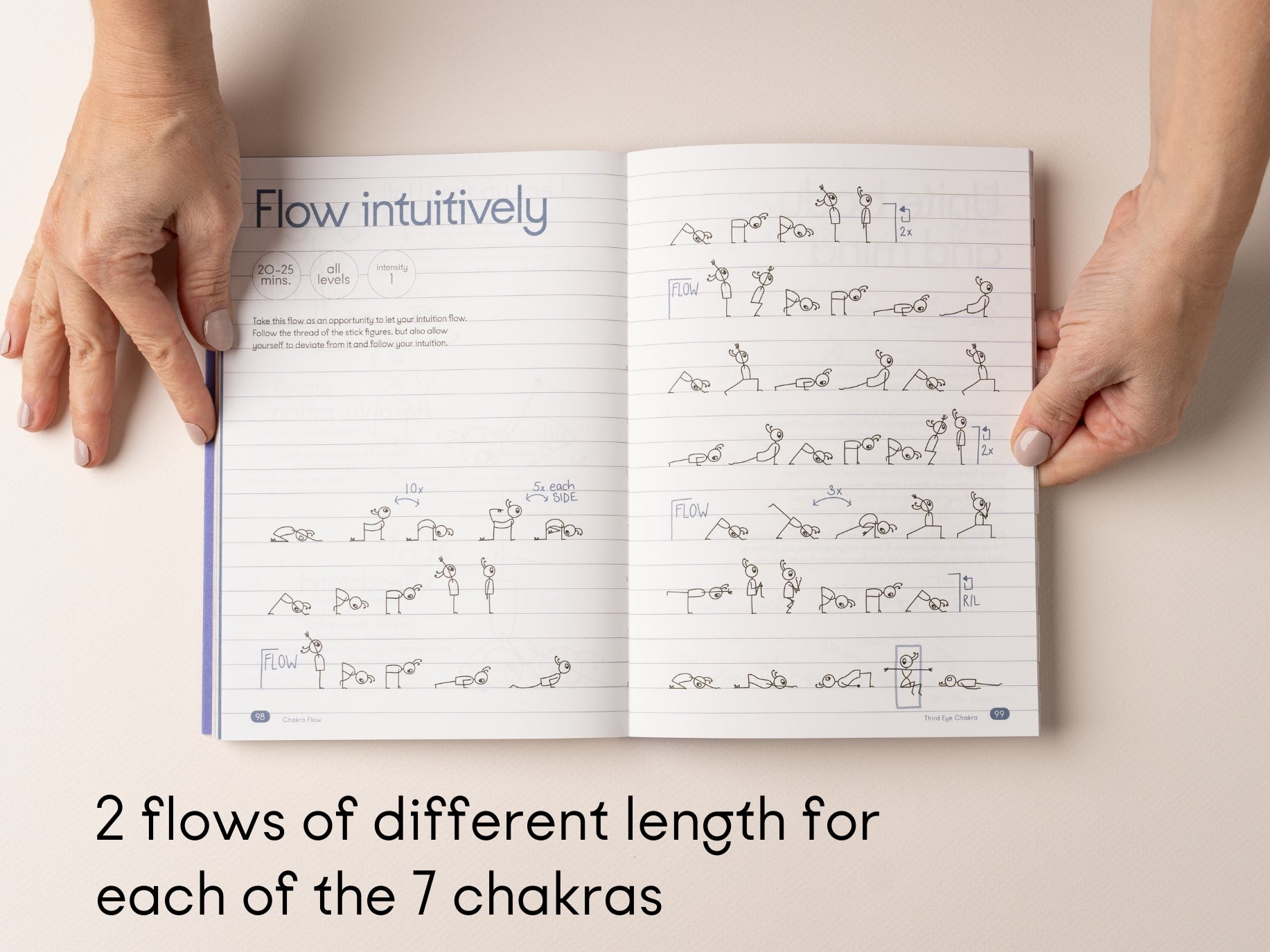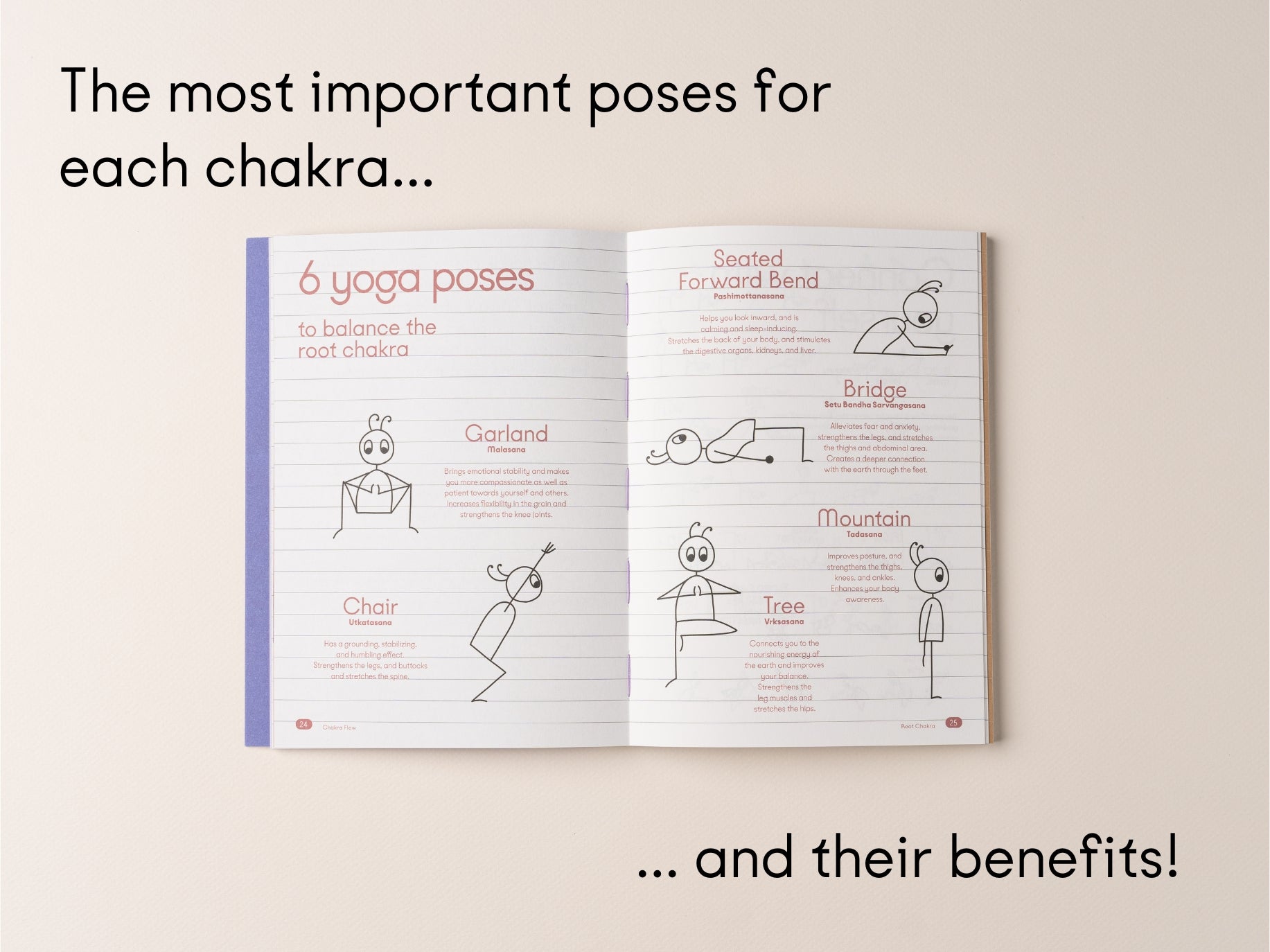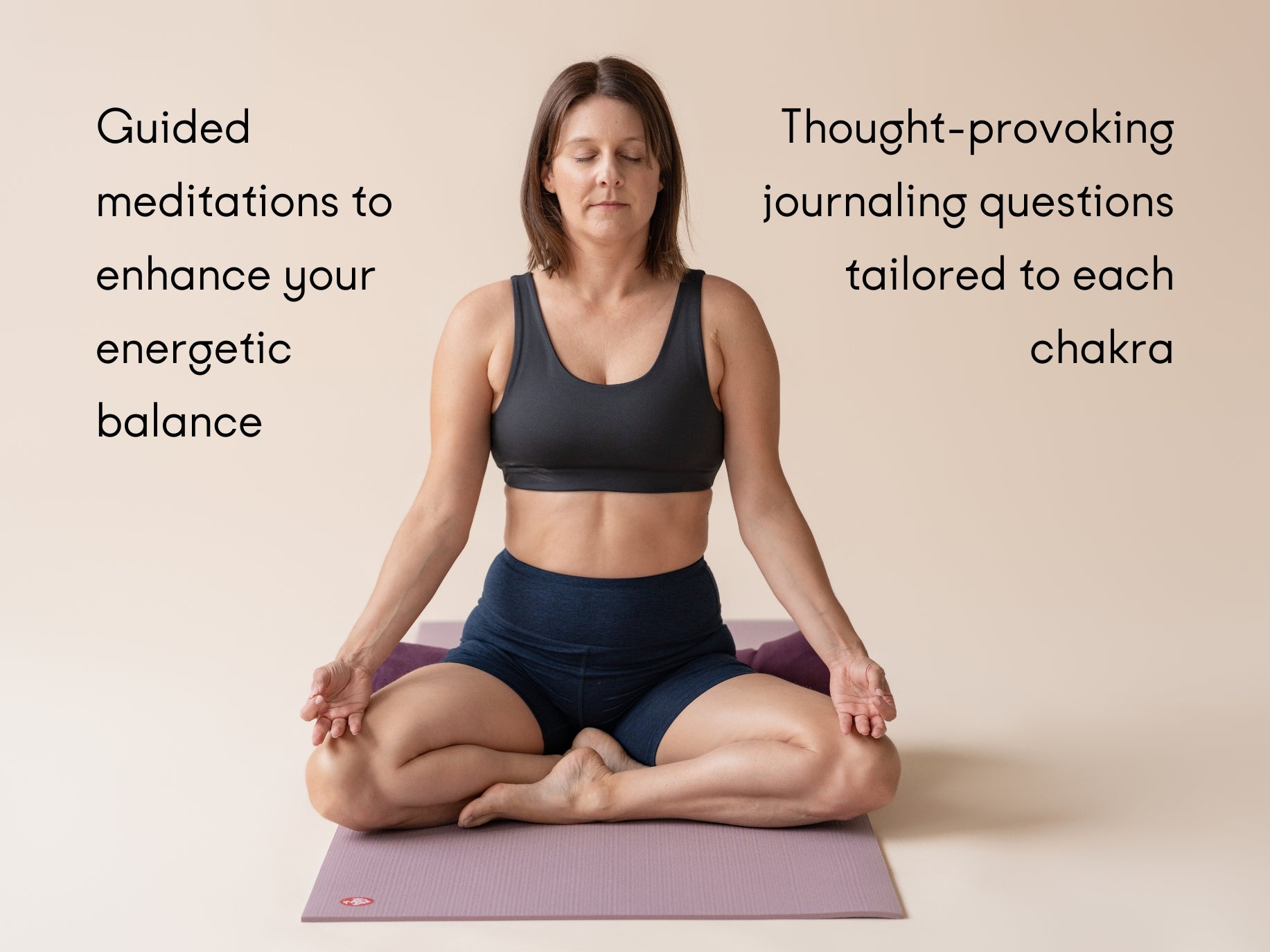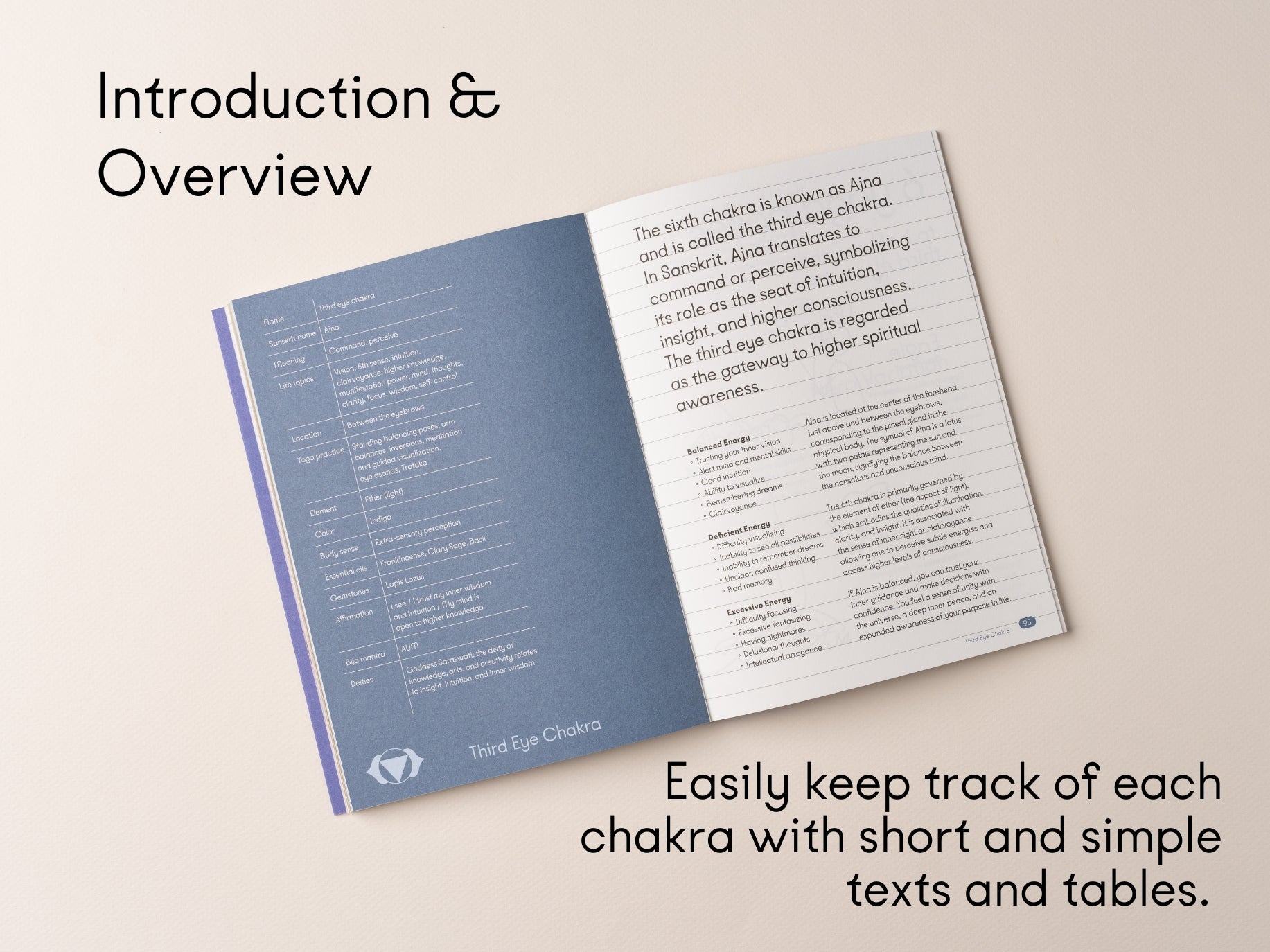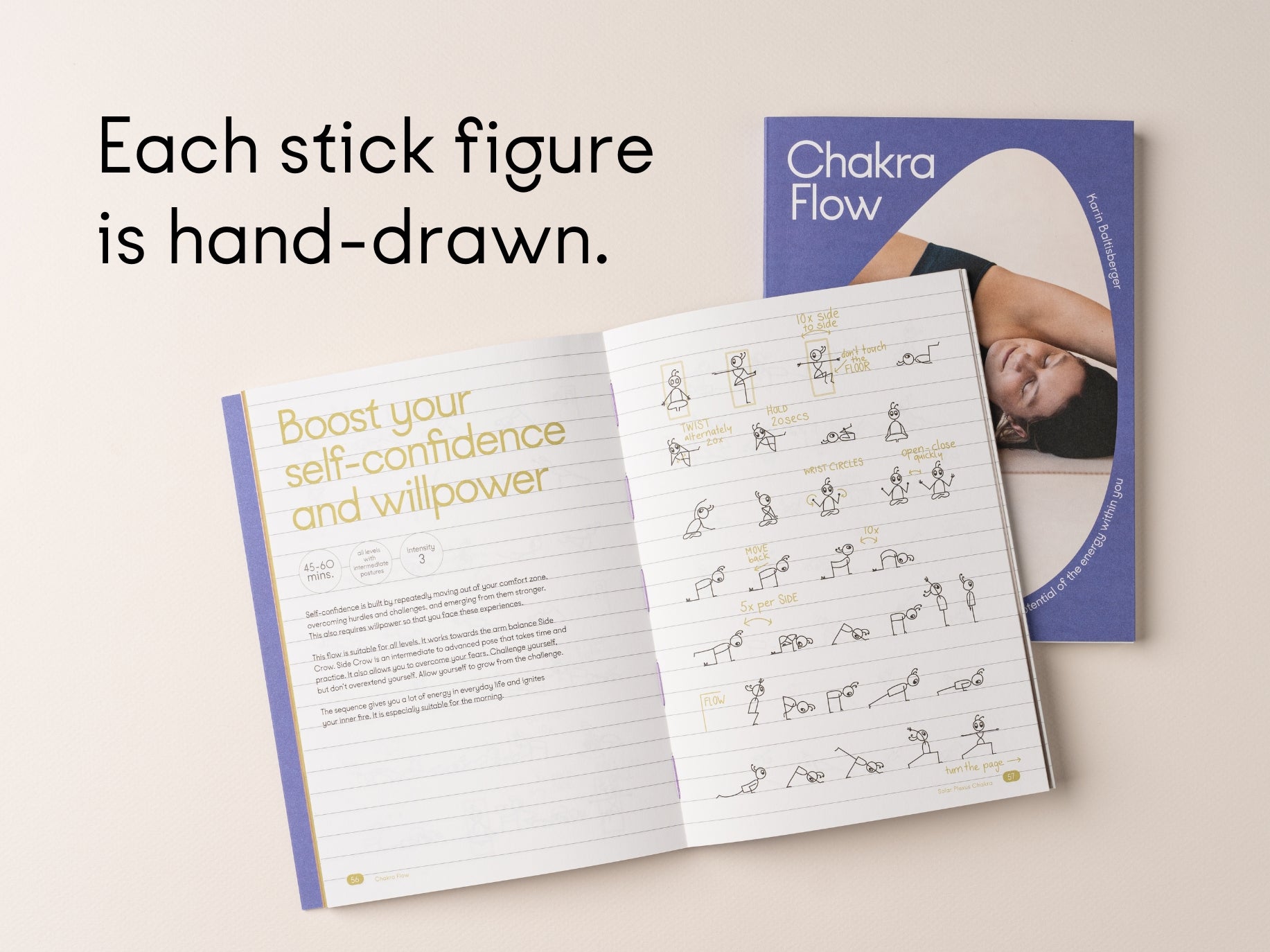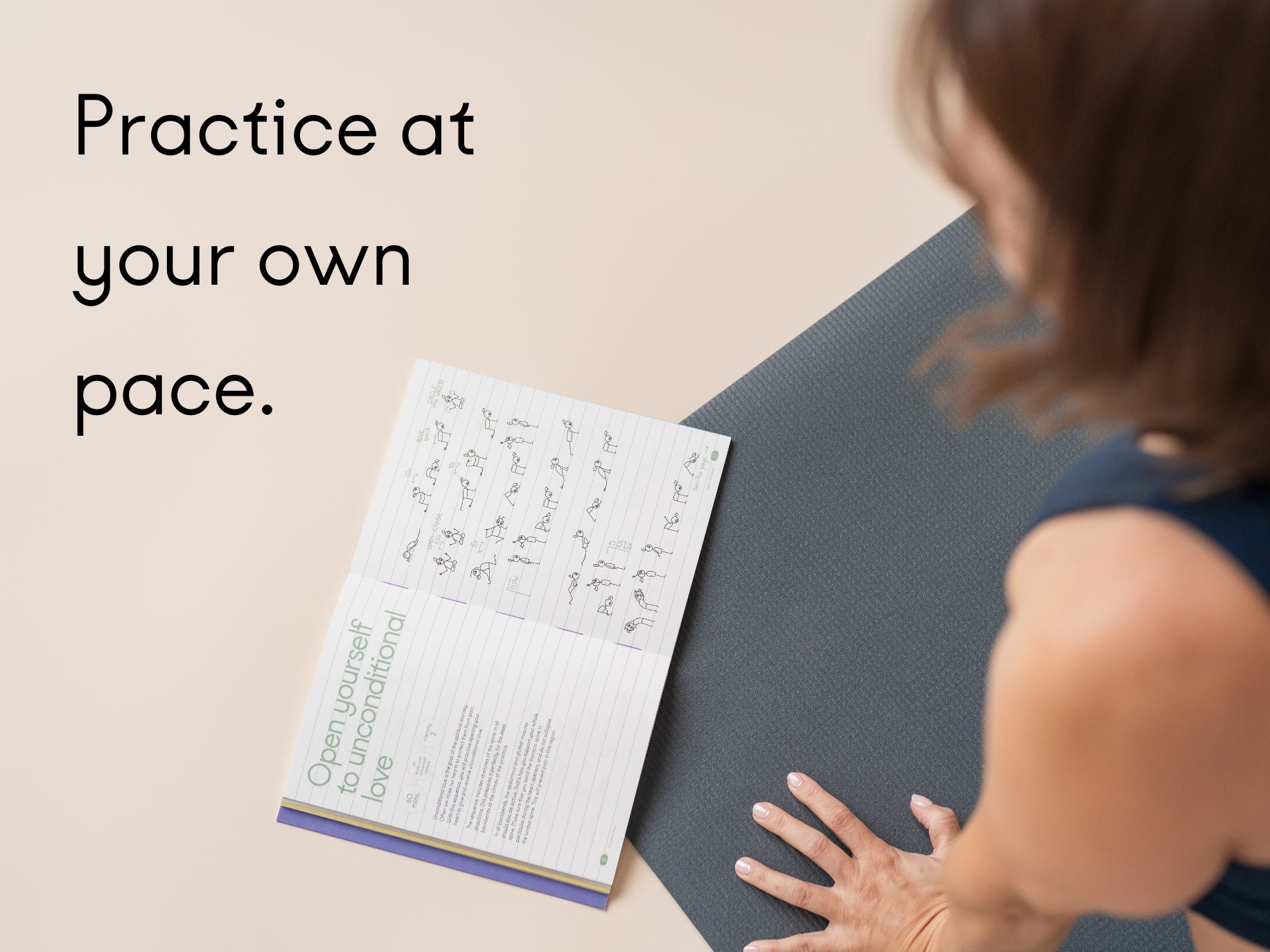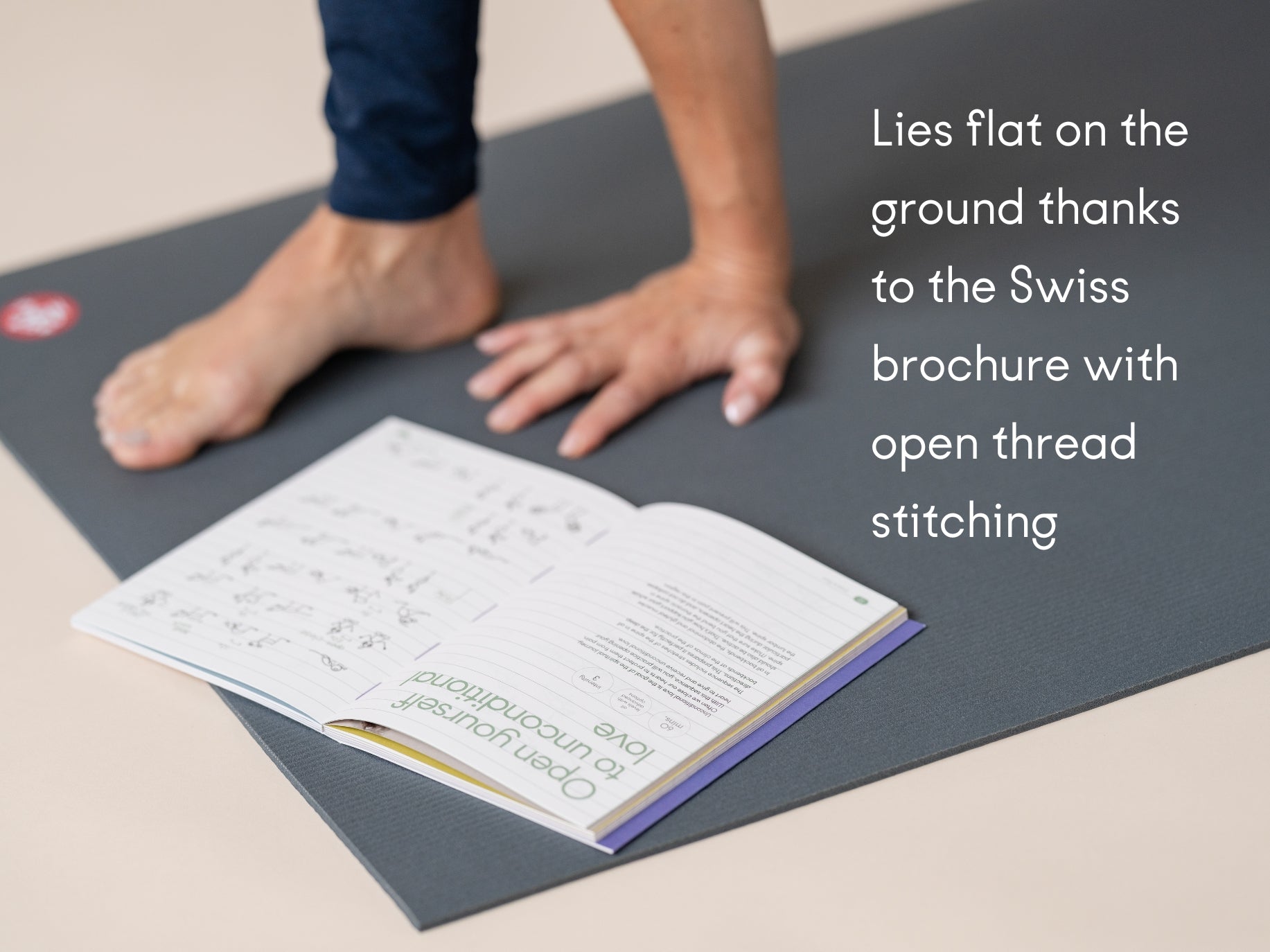In our fast-paced, always-on world, sleep can feel like just another item on the to-do list — or worse, something we struggle with night after night. But what if falling asleep could become a nourishing ritual instead of a restless chore?
Creating a calming bedtime routine isn’t just good for your sleep — it’s a way of gently telling your body: “You’re safe now. You can let go.” And yoga, with its deep connection to breath, body, and presence, can be a beautiful anchor in this process.
Why a Bedtime Routine Matters
Our bodies thrive on rhythm. Just as children benefit from story time and a lullaby, adults also respond well to predictable wind-down rituals. A consistent bedtime routine:
- Signals to your nervous system that it’s time to relax.
- Reduces cortisol levels (your stress hormone).
- Helps you fall asleep faster and sleep more deeply.
- Encourages mindful presence — even in your dreams.
Let’s build one together.
Step 1: Start 30–60 Minutes Before Bed
Instead of waiting until you're exhausted, begin your routine before you're too tired. Think of this time as your sacred space for transition — from doing to being.
💡 Tip: Set a gentle alarm to remind yourself it’s time to shift gears.
Step 2: Disconnect to Reconnect
Turn off bright screens (or switch to night mode), dim the lights, and let silence settle in. This helps reduce blue light exposure and overstimulation — two big culprits behind restless nights.
✨ Instead: Light a candle, make a cup of herbal tea, or listen to calming music.
Step 3: Gentle Yoga to Unwind
This is where the magic begins. A short, soothing yoga practice can relax tense muscles, calm the mind, and slow down your breath.
Try this simple sequence (about 10–15 minutes):
- Child’s Pose (Balasana) – Let your forehead rest and feel your breath in the back body.
- Supine Twist – Gently wring out the day, one side at a time.
- Legs Up the Wall (Viparita Karani) – Boosts circulation and promotes calm.
- Seated Forward Fold – A quiet, inward-facing pose to slow down.
- Savasana or Reclined Butterfly – End in stillness, placing one hand on your belly and one on your heart.
🧘♀️ Breathe slowly. Let each exhale soften you further. You’re not trying to stretch deeply — you’re simply offering your body permission to rest.
Step 4: Journaling or Reflection
This doesn’t have to be long or complicated. A few sentences can help you mentally release the day.
Try prompts like:
- What am I grateful for today?
- What am I ready to let go of?
- How can I support myself better tomorrow?
Or simply jot down a few thoughts to free up space in your mind.
Step 5: Create a Cozy Sleep Environment
A few final touches go a long way:
- Keep your bedroom cool and dark.
- Use calming scents like lavender or sandalwood.
- Tuck your phone away — far from your pillow.
And if thoughts start spinning, return to your breath. Inhale, exhale — slowly and gently. This is your moment to receive rest.
Final Thoughts
A bedtime routine isn’t about perfection — it’s about consistency. Some nights might be shorter, some longer. What matters most is that you give yourself permission to slow down.
With just a little intention and a few simple rituals, you can transform your nights from rushed to restful — and your sleep from shallow to soul-nourishing.
Sleep isn’t the end of your day. It’s the beginning of your healing.
Sweet dreams.


